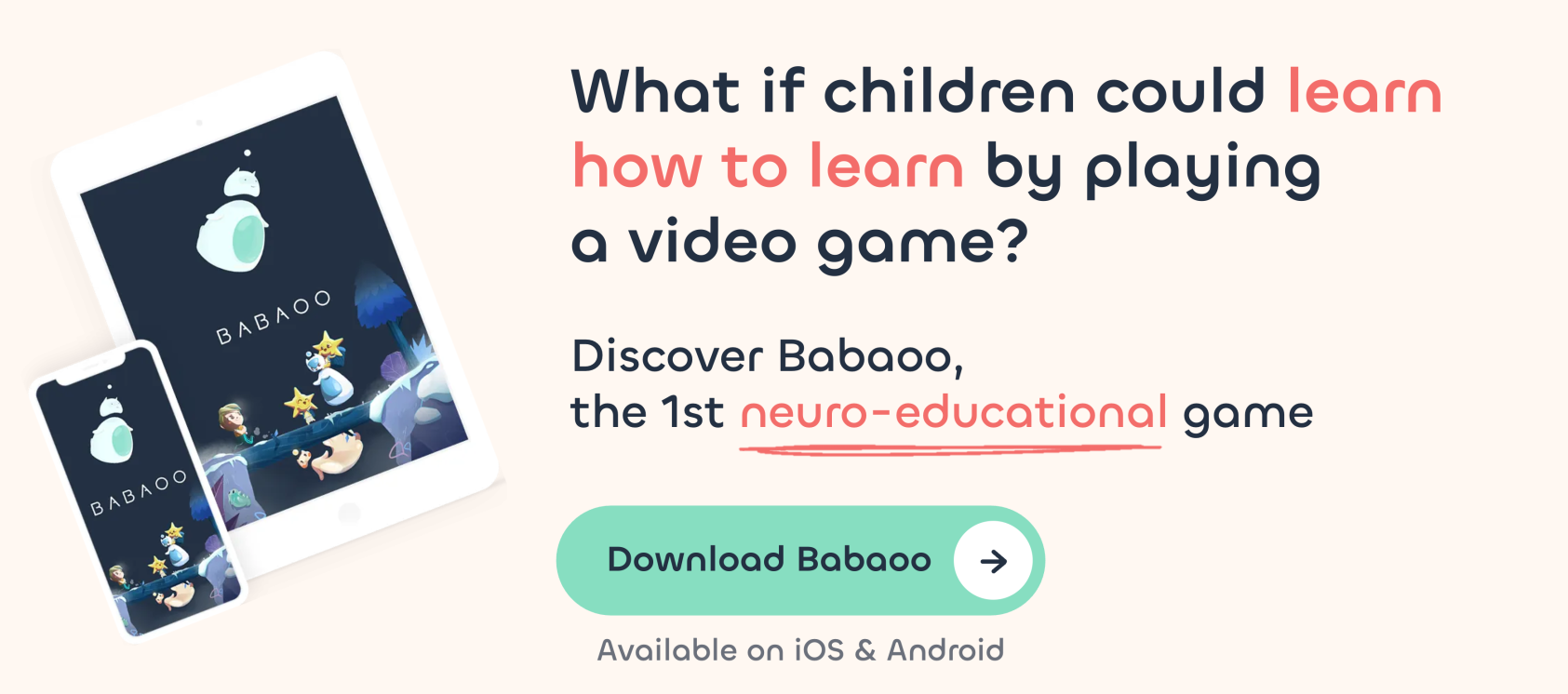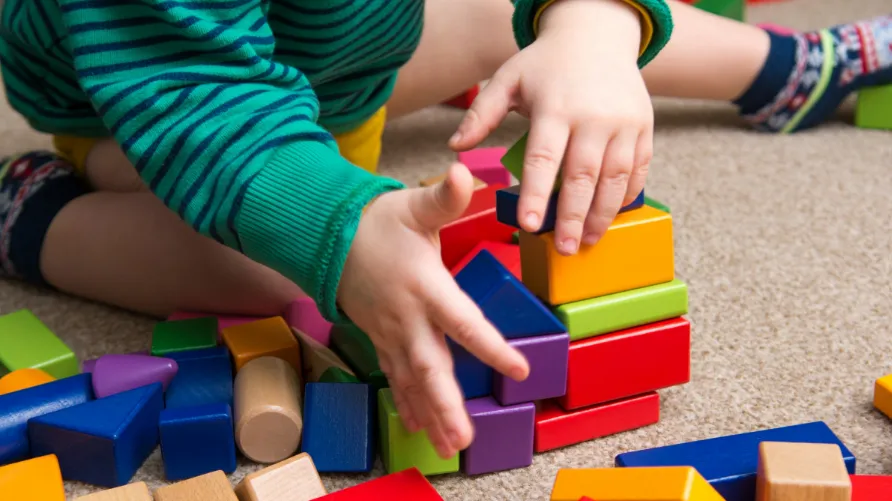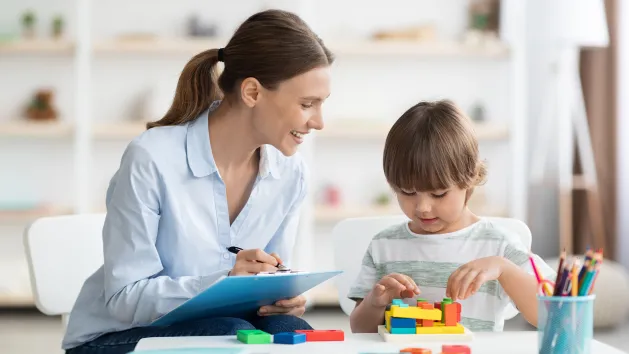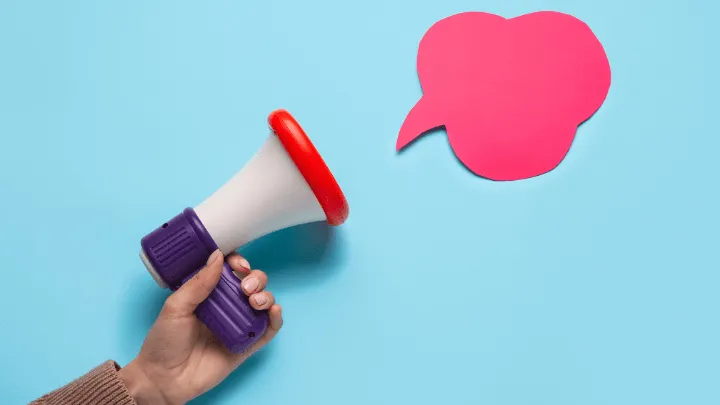
Understanding dysorthographia in children
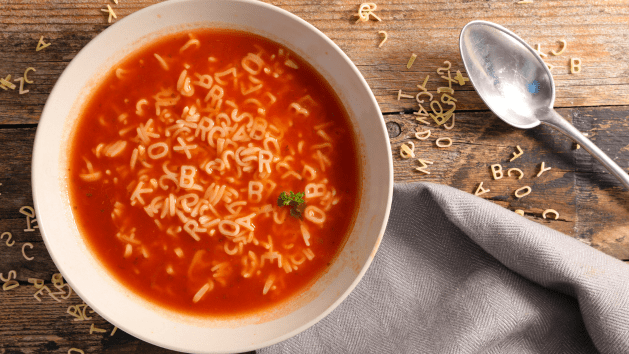
What is dysorthographia?
Dysorthographia is a specific learning disability related to spelling and written production. Think of writing as a complex jigsaw puzzle: for most of us, the pieces fit together (more or less 😉 ) naturally. For a dysorthographic child, some pieces are harder to fit together.
They perceive the world of letters and words in a different way. While for some, the difference between “é” and “è” is clear, for dysorthographic children it can be a real puzzle. Their brains process information in a way that makes understanding and implementing spelling rules trickier.
Dysorthographia vs. Dyslexia: what are the differences?
Not always easy to find your way around Dys disorders! Especially as they are often linked. While a child can sometimes present with both dyslexia and dysorthographia, they are nevertheless distinguished :
- Dyslexia is primarily a disorder that impacts the area of reading: the child has difficulty recognizing and deciphering words.
- Dysorthographia is a disorder that impacts writing, and more specifically the spelling of words. Children with dysorthographia have difficulty writing words correctly and applying rules of usage and agreement.
People diagnosed with dyslexia often develop dysorthographia. But it’s quite possible to have dysorthographia without having a reading disability. 😵💫
➡️ To learn more, find our comparison chart between dyslexia, dysorthographia and dysgraphia.
How dysorthographia manifests itself in children
Writing can turn into a daily challenge for a dysorthographic child. This neurodevelopmental disorder can manifest itself in different ways:
- The text is written as it sounds: the sounds are right, but not the spelling. For example “un chato au bord de l’o” instead of “un château au bord de l’eau” ;
- Inconsistent word breakdown, with words stuck together (“unaricot” instead of “un haricot”) ;
- Some letters or syllables disappear (“live” for “book”) or are added to words.
- Grammar and conjugation rules are difficult (or not) to apply;
- Writing can be very slow, as the child tries to form each word correctly, and often accompanied by rapid fatigue.
These peculiarities are not the result of a lack of application. On the contrary, the dysorthographic child expends considerable energy in writing. Recognizing his efforts and supporting him is an essential step in helping him to flourish.
💡 Babaoo’Tip
Imagine for a moment… A complicated word, with a spelling that makes your head spin. Now add an amusing image and a funny little story. Magic, isn’t it? That’s how illustrated spelling works! By associating a word with a picture and a story, we create a memorable souvenir for our little minds. And the bonus? These humorous drawings highlight the subtleties of spelling. The result: fun, effective learning! 📚🎨
How to support a dysorthographic child
The key lies in patience, perseverance and, above all, a caring and adapted approach. Here are a few tips to guide your child.
Adopt educational games
Who says learning can’t be fun? A game of Hangman, for example, with access to the child’s reference lexicon, enables you to target the words to be acquired and work both on the overall level of the word, but also on spelling peculiarities (silent letters, complex sounds or the famous “exceptions that confirm the rule”). 😱🤭
Use visual aids
Dysorthographic children are often visual learners. Use picture cards, posters or even apps that match words to pictures. It’s fun and reinforces memorization.
Be patient and encouraging
When your child makes progress, acknowledge his or her efforts. Regular encouragement builds self-confidence: your support is his fuel!
Work with specialists
When in doubt, a consultation with a speech therapist can help diagnose and support the child’s difficulties. Regular speech therapy sessions will enable the child to work specifically on understanding and memorizing phoneme/grapheme correspondences and spelling rules. Thanks to her expertise, the speech therapist offers tips and tools tailored to ensure your child progresses at his or her own pace.
✏ Note: Each child is unique! What works for one won’t necessarily work for another. The key is to keep listening, and try out different strategies… Until you find the one that works best for your child! ⭐
The importance of dialogue
Talking openly about the disorder helps your child understand that it’s not a “mistake” on his part or a “defect”. Dysorthographia is part of him, but it doesn’t mean he’s a “bad student” and even less that he “sucks at school”. Highlight his progress, his successes and the areas in which he thrives!
The Babaoo recap
- Dysorthographia is a neurodevelopmental disorder linked to the rules of phonetic, usage and grammatical spelling. It is manifested by difficulties in writing words correctly, memorizing and applying spelling rules.
- It is a neurodevelopmental disorder, linked therefore to a cerebral dysfunction.
- To accompany a child, rely on patience, benevolence and the support of specialists.
- Celebrate your child’s skills and achievements! 🎉
You may also be interested in these articles

